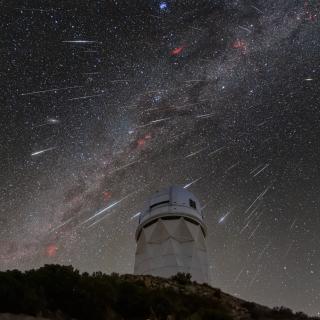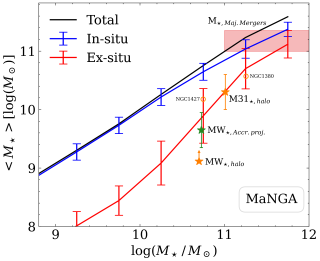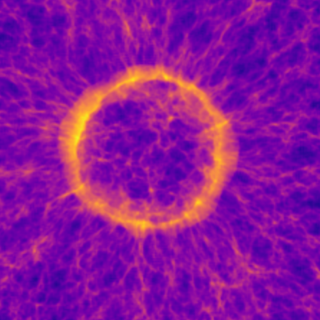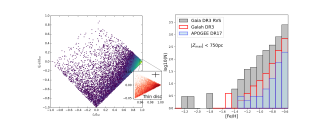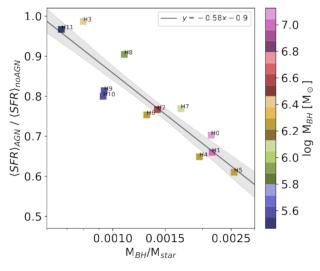
Recent observational studies suggest that feedback from active galactic nuclei (AGNs)—the energetic centres powered by supermassive black holes—may play an important role in the formation and evolution of dwarf galaxies, contrary to the standard thought. We investigated this using two sets of 12 cosmological magnetohydrodynamic simulations of the formation of dwarf galaxies: one set using a version of the AURIGA galaxy formation physics model including AGN feedback and a parallel set with AGN feedback turned off. Our results reveal that AGNs can suppress the star formation (SF) of dwarf
Advertised on
